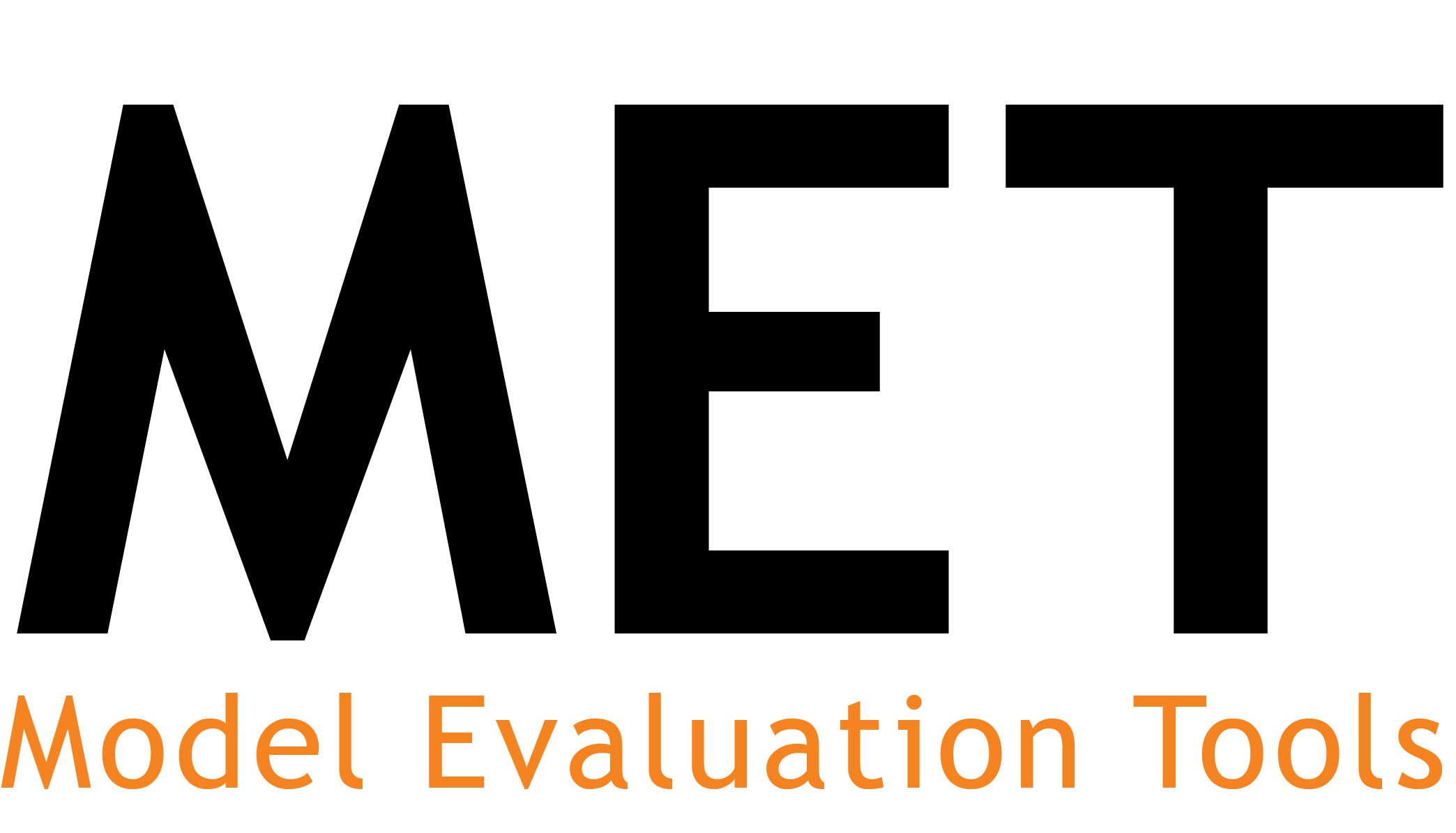

I'm from Spanish Fork, Utah and have a Ph.D. in atmospheric science from the University of Utah. My advisor was Dr. John Horel. I joined the Mountain Meteorology Research Group and MesoWest team in November 2012.

I was awarded a National Academies Research Associateship and began working at the Naval Research Laboratory Marine Meteorology Division in Fall 2019.











I developed the HRRR model archive hosted at the University of Utah by the MesoWest group. The archive is used by over 1000 known users. Dozens of published papers reference the dataset. The archive was stored on a cloud-based, object-storage system known as Pando and was the largest publicly-available HRRR archive until late 2020 when the NOAA Big Data Program made the data available on AWS and GCP.
My Ph.D. research investigated the predictability of convective outflow by the HRRR model—a project funded through the Joint Fire Science Program. I used data from the GOES-East Geostationary Lightning Mapper to evaluate the ability of the HRRR model to correctly forecast the location of thunderstorms and found that the HRRR does not provide high precision forecasts of the location of storms useful for Incident Meteorologists assigned to provide weather support at wildfires. Instead, it is recommended that Incident Meteorologists use the HRRR forecasts to gauge the potential for thunderstorms in the vicinity of the area of interest.
For other research related to air quality, I initialized WRF simulations with the HRRR model and modified surface parameters to improve model performance.
You will find more details on my research by exploring the pages on this website and several Jupyter Notebooks on Github.
I believe weather data can be used for many applications, and I hope to serve people in various fields with improved numerical weather prediction. I am especially interested in 0-3 day forecasts. My dream of numerical weather models is to one day have a continuously updating weather prediction system.
While there seems to be deficiencies in the United States' current numerical weather prediction capabilities, I want to be a part of the solution by using new and forthcoming technology effectively and efficiently.
I hope to become more involved in big data storage and analytics, community numerical weather prediction model development especially rapid refresh forecast system with FV3, and using new observational products for model initial conditions (like GOES-R series).
I am a problem solving leader, eager to learn and develop new skills. I have a teamwork mentality and want to contribute to the community. Education is important to me, and I am interested in gaining teaching experience.
Favorite text editor: Visual Studio Code
Personal Weather Station: UKBKB (a.k.a. EW2355)
Highest Bowling Score: 228
Favorite comic: Peanuts